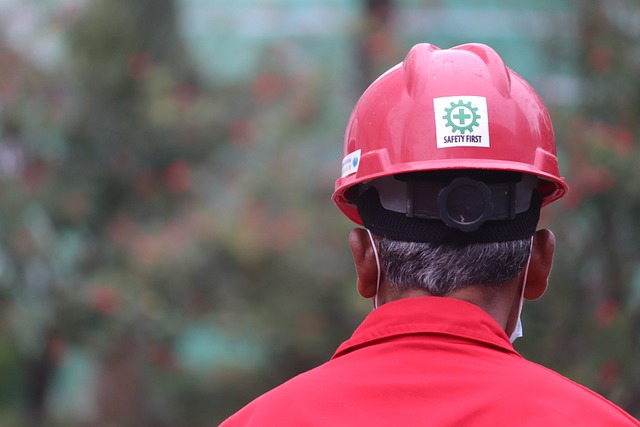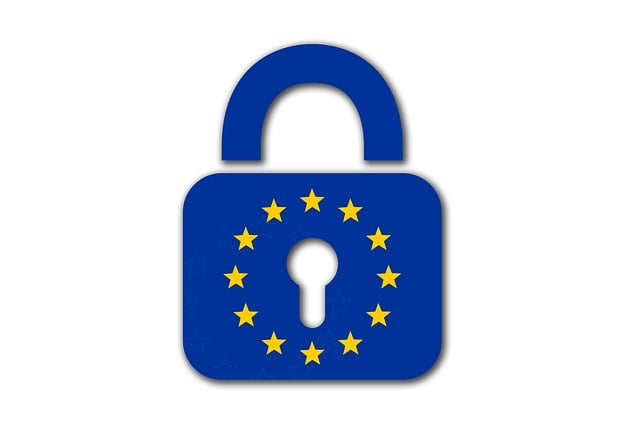In today's world, thorough safety personnel verification is paramount for public safety. It goes beyond basic checks by scrutinizing personal details, employment history, and criminal records, helping employers make informed hiring decisions and build public trust. This proactive approach layers protections against malicious intent or unsafe behaviors using advanced technology to ensure data reliability. Best practices in security background check procedures rapidly evolve to counter emerging threats, with trends including automated data verification systems, biometric identification, artificial intelligence (AI), and enhanced data analytics for enhanced accuracy and speed.
Security background checks play a pivotal role in safeguarding our communities and protecting public safety. In an era where threats are diverse and evolving, these comprehensive assessments ensure that individuals accessing sensitive roles within critical infrastructure, law enforcement, and healthcare are trustworthy.
This article explores the significance of rigorous background verification for safety personnel, delving into best practices and future trends shaping this vital process.
- Understanding the Importance of Background Checks for Safety Personnel
- The Role of Verification in Ensuring Public Safety
- Best Practices and Future Trends in Security Background Check Procedures
Understanding the Importance of Background Checks for Safety Personnel

In today’s world, where public safety is a paramount concern, thorough background checks play an indispensable role in ensuring the integrity and reliability of safety personnel. These verifications are crucial for several reasons. First and foremost, they help identify potential risks or red flags that could compromise the security environment. By delving into an individual’s history, including their criminal record, employment background, and personal references, employers can make informed decisions about who is best suited to handle sensitive duties.
Moreover, safety personnel verification is essential for maintaining public trust. When individuals in charge of protecting communities have clean records and are reliable, it instills confidence among the people they serve. This process acts as a filter, ensuring that only trustworthy and competent individuals gain access to positions where they can directly impact public safety. In light of these considerations, background checks are not just procedures; they are critical safeguards in the larger scheme of community protection.
The Role of Verification in Ensuring Public Safety

In today’s complex landscape, ensuring public safety is a multifaceted task that relies heavily on comprehensive background checks and verification processes. These protocols play a pivotal role in screening individuals who interact with the public, be it in government roles, critical infrastructure positions, or even everyday jobs that require access to sensitive areas. By verifying personal information, employment history, and criminal records, security background checks act as a crucial filter, allowing authorities and organizations to make informed decisions. This proactive approach mitigates potential risks by identifying individuals with malicious intent or a history of unsafe behavior.
Safety personnel verification is not just about checking boxes; it’s about creating layers of protection for communities. Accurate and detailed verifications ensure that those in positions of trust are indeed trustworthy, safeguarding the public from harm. In an era where information can be easily manipulated, advanced technology-driven checks provide a robust safety net, enhancing the reliability of the data and reducing the chances of erroneous decisions that could compromise public safety.
Best Practices and Future Trends in Security Background Check Procedures

In the dynamic landscape of public safety, best practices for security background check procedures are continually evolving to keep pace with emerging threats and technological advancements. One key trend is the integration of automated data verification systems, which enhance accuracy and speed in screening candidates for positions that require stringent safety personnel verification. These systems leverage advanced algorithms and cross-referencing of multiple databases to identify potential risks more efficiently than manual checks.
Looking ahead, future trends in security background check procedures will likely focus on biometric identification, artificial intelligence (AI), and enhanced data analytics. Biometric technologies, such as facial recognition and fingerprint scanning, offer unparalleled accuracy in identifying individuals. AI-driven systems can predict patterns from vast datasets, enabling proactive risk assessment. Additionally, advanced data analytics can uncover hidden connections and trends, enhancing the overall effectiveness of background checks. These innovations promise to fortify public safety by ensuring that only trustworthy individuals gain access to sensitive roles and information.
